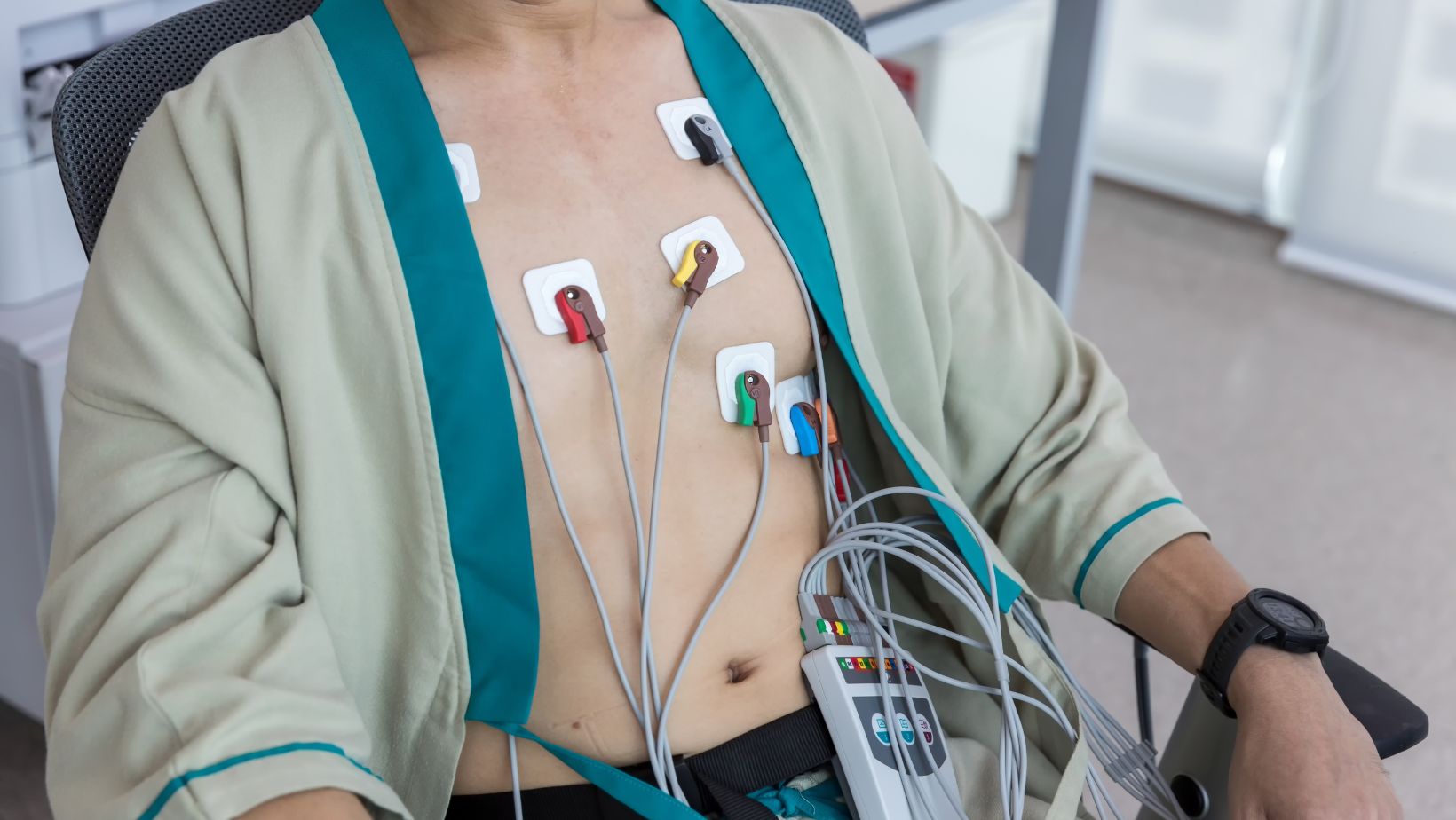Medical technology is developing at an unheard-of pace; among the most important developments changing healthcare is the use of medical sensors. These sensors provide physicians with real-time, reliable data that lets them monitor health issues, enhance patient outcomes, and make educated choices free from ongoing hospital visits. This looks at how medical sensors help physicians and their patients, therefore providing a window into the direction of healthcare.
Reach Otherwise Inaccessible Regions of the Body
Medical sensors have transformed access to areas of the body hitherto difficult or impossible to investigate. Thanks to developments in imaging and sensing technologies—endoscopes and minimally invasive sensors, among other things— physicians can now access deep-seated organs and sites. Flexible sensors, for instance, may negotiate the gastrointestinal system and provide real-time status monitoring for diseases such as ulcers or tumors free from the need for major surgical operations. This access not only makes correct diagnosis possible but also enables quick action, therefore enhancing patient outcomes.
Cryo Cancer Treatment: Freezing and Heating Tumors
Medical sensors, particularly using methods like cryoablation and radiofrequency ablation, have amazing uses in cancer therapy. These techniques essentially eradicate malignant cells by accurately freezing or heating tumors, therefore reducing harm to surrounding healthy tissue.

By providing real-time temperature and tissue reaction data, medical sensors are very vital in this procedure as they guarantee that the therapy is focused and efficient. Using these approaches helps physicians provide patients with less intrusive alternatives with fewer side effects than conventional surgery, therefore improving the whole treatment process.
Minimize Disruption of Body Functions
Medical sensors greatly help to reduce the disturbance of normal bodily functioning during diagnosis and treatment operations. Continuous monitoring sensors, for example, may detect vital signs, biochemical markers, and other physiological factors in real time, therefore enabling clinicians to make educated judgments without interfering with current physical processes. In critical care environments, maintaining homeostasis is essential, and this is especially helpful. Constant data collecting and analysis allows clinicians to dynamically change therapies, hence enhancing patient comfort and safety.
Minimize Energy Consumption
Modern healthcare is becoming more and more concerned with energy efficiency; medical sensors may be very helpful in solving this problem. Many sophisticated sensors are made to run on little power, hence prolonging battery life and lowering replacement frequency. For wearable gadgets and implanted sensors, which have to stay effective over a long period of time, this is especially crucial. Medical sensors not only provide continuous monitoring free from the weight of frequent gadget replacements but also help to contribute to more sustainable healthcare practices by reducing energy usage.
Increase the Lifetime of Implants
The integration of medical sensors into implantable devices has significantly enhanced their functionality and lifespan. Sensors can monitor the condition and performance of implants, such as pacemakers or joint replacements, in real-time.

This data allows doctors to detect potential issues early, preventing complications and prolonging the life of the implants. Moreover, the ability to adjust settings based on sensor feedback means that implants can be personalized to better meet the individual needs of patients, leading to improved outcomes and reduced need for revision surgeries.
Conclusion
By means of real-time data, improved diagnosis accuracy, and remote monitoring, medical sensors are revolutionizing the delivery of treatment by clinicians. By letting clinicians act early, provide individualized therapies, and avoid problems, these sensors might help to enhance patient outcomes. Medical sensors’ importance in healthcare will only grow as technology develops, providing fresh opportunities for better patient care and thereby empowering physicians and patients in the process.

